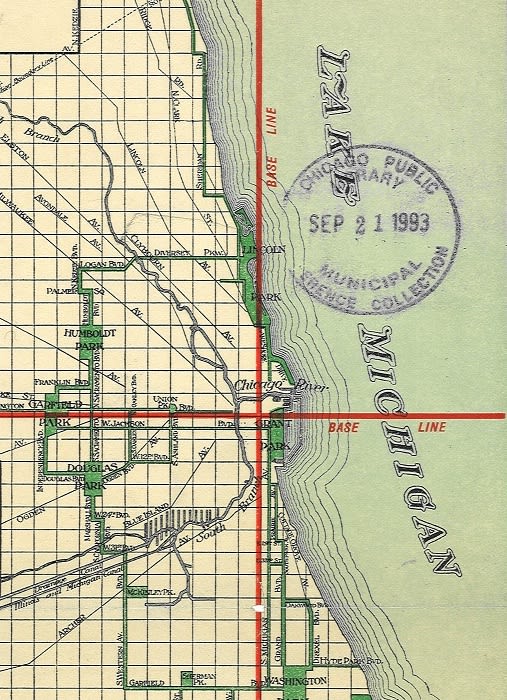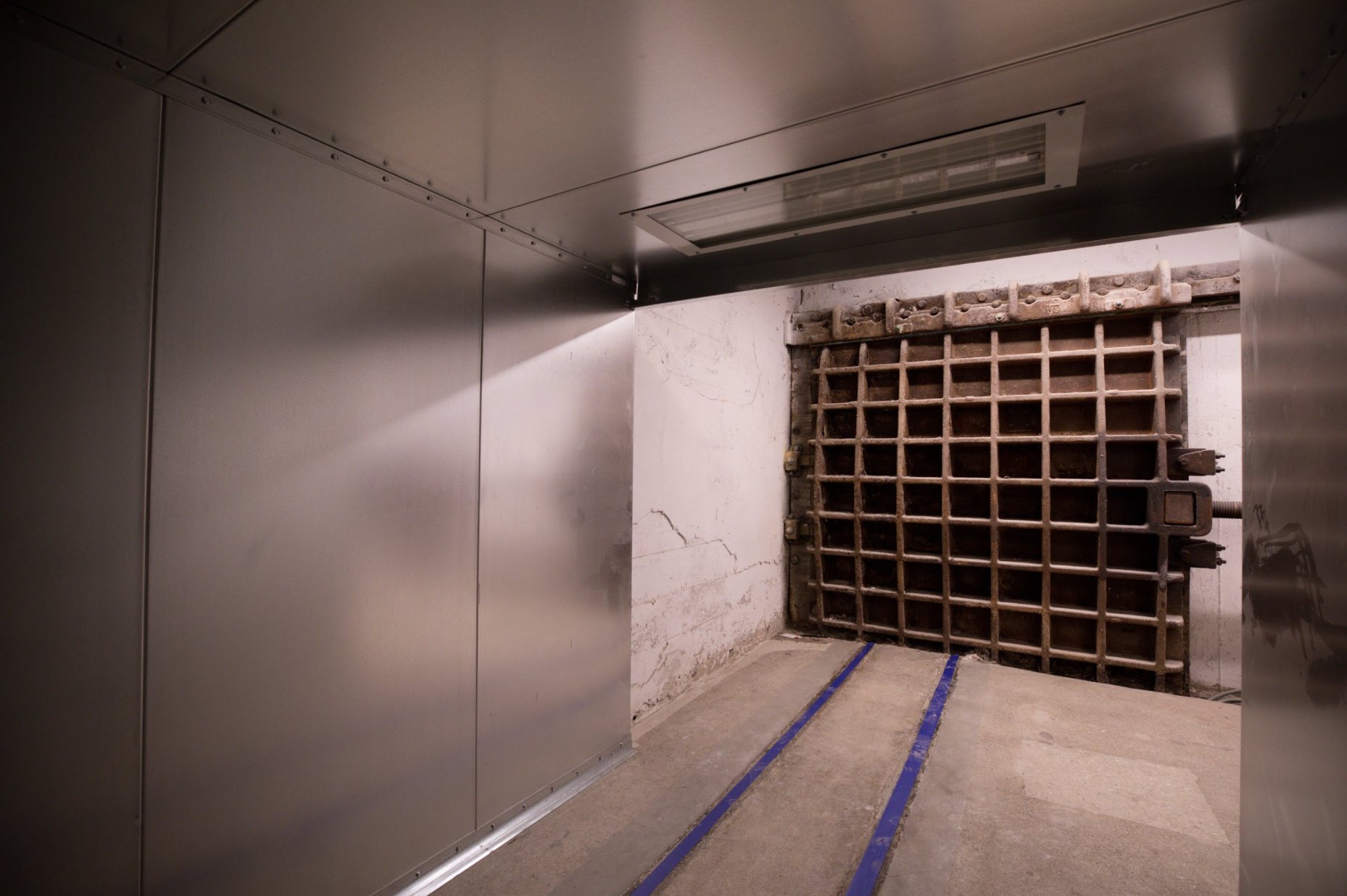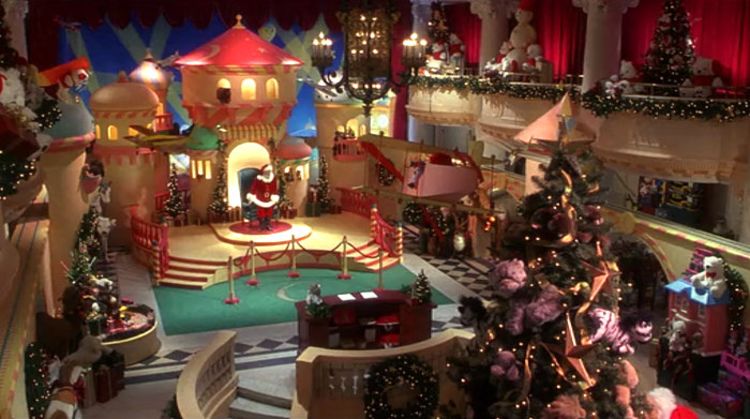Hidden SAIC

The MacLean Center was built in 1908 and originally existed as the Illinois Athletic Club.
The MacLean Center was built in 1908 and originally existed as the Illinois Athletic Club.
by Megan Kirby
Buildings tell the stories of a city—and School of the Art Institute of Chicago (SAIC) buildings tell the story of Chicago. If you examine the School’s campus closely, you can find clues to the structures’ captivating secrets and former lives. We played detective to dig out these six spots that highlight SAIC’s past 156 years—and the bygone days of Chicago itself.

The original pool at the Illinois Athletic Club, which is now SAIC's MacLean Center.
The original pool at the Illinois Athletic Club, which is now SAIC's MacLean Center.
Former Illinois Athletic Club—MacLean Center, 112 South Michigan Avenue
When SAIC acquired the MacLean Center in 1993, the building held hints of its former identity as the Illinois Athletic Club (IAC). Sharp-eyed visitors can still spot an IAC logo in the elevator, and the frame of the pool remains in the sub-basement (though it is now surrounded by walls). The IAC was foundational to the modern sport of swimming, and even served as the home base of Johnny Weissmuller—a gold-medal Olympian who went on to play Tarzan on the silver screen. Today, instead of a gymnasium and a racquetball court, the building holds academic classrooms.

A map of Chicago marks the zero-zero point where the 7 West Madison Avenue residence hall can be found.
A map of Chicago marks the zero-zero point where the 7 West Madison Avenue residence hall can be found.
Zero-zero Point—7 West Madison Avenue
Chicago’s downtown streets are organized by a grid system, with north and south addresses radiating out from the zero-zero point—which happens to be adjacent to 7 West Madison, an SAIC residence hall. It’s easy to spot: Thanks to an old surveyor’s correction of the city grid, the building itself juts out into the intersection. If you’re one of the students who lives in the residence hall, consider yourself lucky. You’re literally at the center of it all.

The train tracks that run through the grad studios hint at the building's former use.
The train tracks that run through the grad studios hint at the building's former use.
Old Marshall Fields Train Tracks—33 East Washington Street
If you keep your eyes on the ground, you might spot something surprising in the lower level of 33 East Washington—a stretch of abandoned train tracks going through the graduate studios. These tracks are a holdover from the days when the building was an annex of famed Chicago commerce hub Marshall Fields. (The SAIC Galleries on the first floor used to be the sporting goods section.) A system of train tracks connected to the underground pedway, allowing the retail giant to move merchandise from building to building without ever going above ground.

A section of the frieze that spans the 12th floor of the MacLean Center.
A section of the frieze that spans the 12th floor of the MacLean Center.

The MacLean Center statues depict different allegorical athletes.
The MacLean Center statues depict different allegorical athletes.
MacLean Frieze—MacLean Center, 112 South Michigan Avenue
If you stare up from Michigan Avenue at the front of the MacLean Center, you can spot a sculpted frieze spanning the 12th floor, showing various figures in athletic pursuits. Lower down along the second floor, a set of statues depict allegorical athletes. These originally decorated the Illinois Athletic Club. When the frieze and statues were restored in 2015, SAIC had the perfect facilities for the job. Restoration artists used the foundry in the 280 Building (the only one in the Loop) to cast fresh laurel wreaths for the statues–fitting the project into Chicago’s long history of metalwork and ornamentation.

The SAIC Ballroom was transformed into a winter wonderland for the 1994 John Hughes film.
The SAIC Ballroom was transformed into a winter wonderland for the 1994 John Hughes film.
Miracle on 34th Street Department Store—112 South Michigan Avenue
From Ferris Bueller’s Day Off to Home Alone, director John Hughes shot many of his most famous scenes in Chicagoland. Fans of his 1994 remake of Miracle on 34th Street might feel some deja vu when they enter the SAIC Ballroom in the MacLean Center. The space was transformed into a magical department store for the film, complete with Christmas trees, snowmen, and a throne for Santa Claus himself. Today, the Ballroom has been restored to its 1930s grandeur, and hosts many SAIC events including annual student art fairs.

The Fountain of the Great Lakes at the Art Institute of Chicago holds ties to the foundation of SAIC's sculpture and architecture programs.
The Fountain of the Great Lakes at the Art Institute of Chicago holds ties to the foundation of SAIC's sculpture and architecture programs.
Fountain of the Great Lakes—Art Institute of Chicago
Located in the South McCormick Court at the Art Institute of Chicago, the Fountain of the Great Lakes was completed by famed sculptor and SAIC professor Lorado Taft in 1913—with inspiration from his students. The fountain’s five nymphs (who represent the Great Lakes) were created in collaboration with his students, and originally appeared as a temporary installation on the museum’s front lawn. Today, visitors to the fountain might not even realize that they’re admiring the early works of SAIC.
{{[http://www.saic.edu/news/campus]CAMPUS}} {{[http://www.saic.edu/news/artconnectsus]ART CONNECTS US}}
